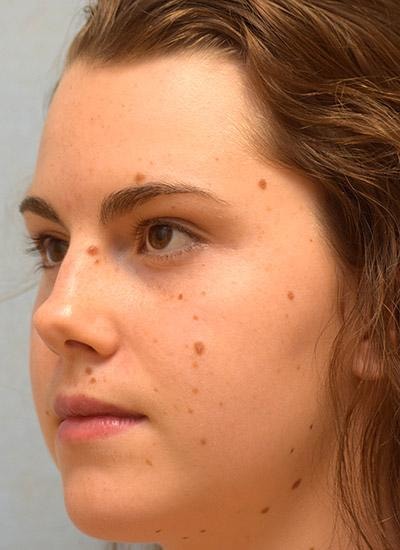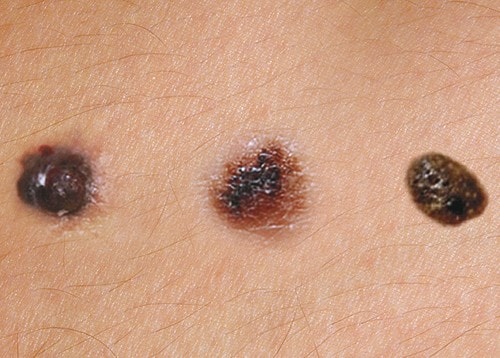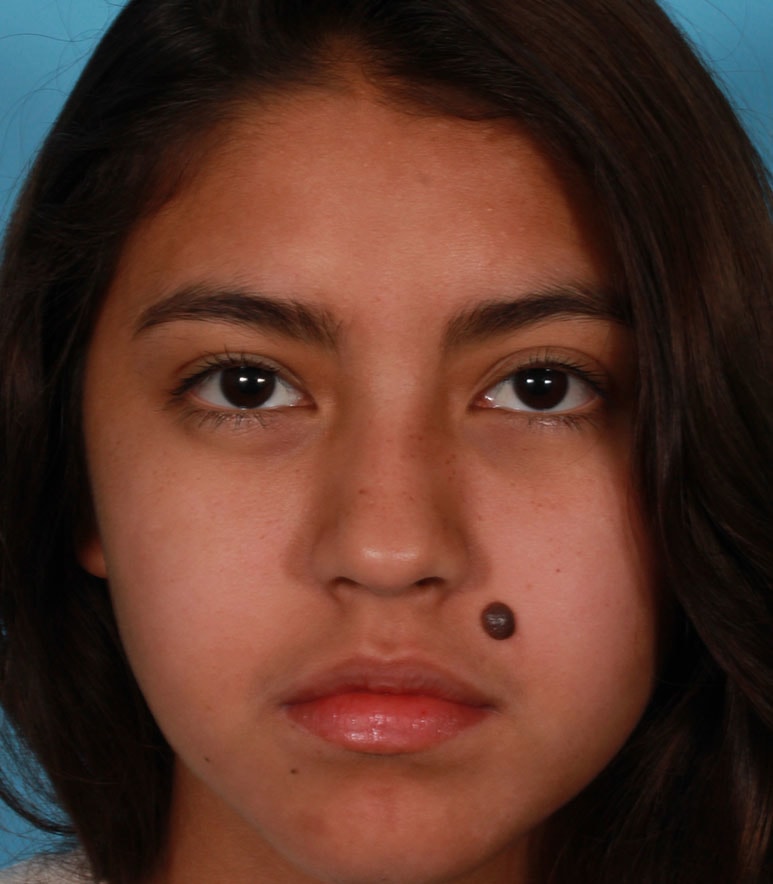In an individual’s body, cells are supposed to spread through the skin but sometimes they regroup as clusters and this is called a ” mole “. Some people are okay with their moles while some are not. Some people’s body are more likely to grow moles in intense amounts. At some point in their lives, some people decide to get a mole removal procedure, especially those with massive clusters of moles on their face.
There are so many types of moles, they can be transferred with heredity or they can grow independently on the individual’s body. Birthmarks can be seen in almost every person in the world. They are not considered as hazardous to the person’s or the other’s health and can be eliminated by several methods.
How Are Moles on Face Removed?
The surgical excision involves cutting the mole with the help of a scalpel. Some parts of the patient’s healthy skin may also be cut during this procedure. This method always leaves scars on the patient’s face and it’s also not recommended because of the infection risk.
After the excision, stitches are used to cover the mole wounds. There may be after-surgery bleeding or scratching, if you can’t deal with such problems on your own, you should see your doctor immediately.
If you have smaller moles that don’t have external parts on your skin, they can be shaved off by your surgeon with the help of a small blade. A small tissue under the mole is also removed to prevent it from returning. This procedure also leaves scars but it’s a way cleaner and safer than the excision method.
Will Face Moles Return?
Most removed moles on the face don’t usually return. They are clusters of body cells after all and extracted together with their roots beneath the skin. Your body, even your face tissue may breed cancer cells without your knowledge. Cancer cells are more likely to return. If your mole returns, you should see your doctor for possible cancer cells on your body.







